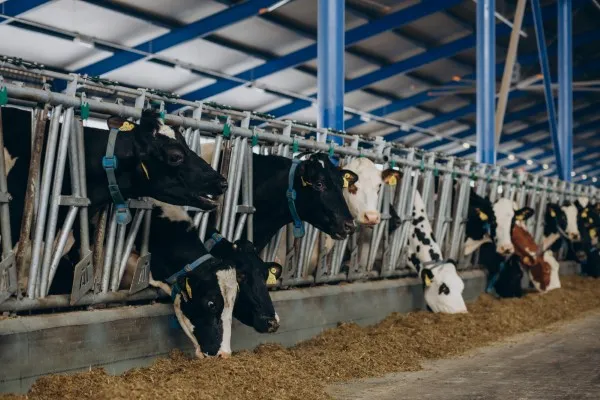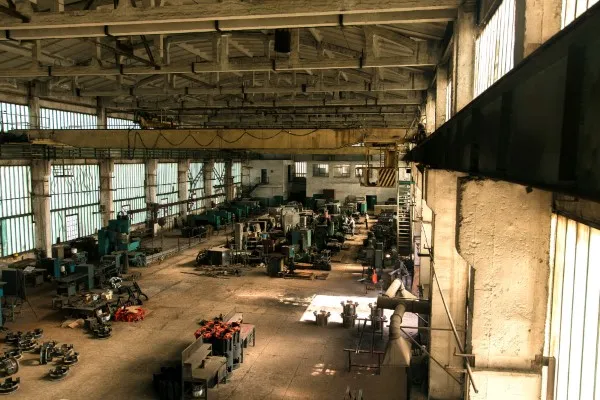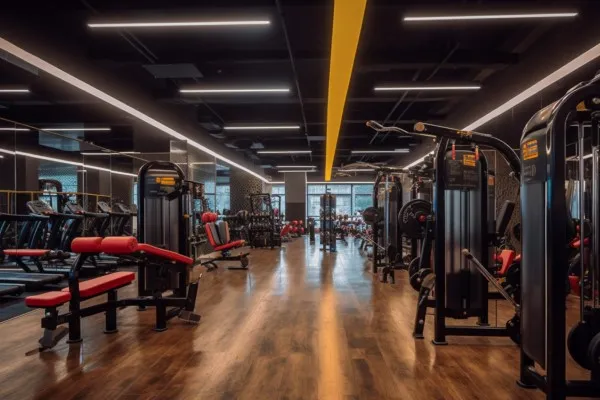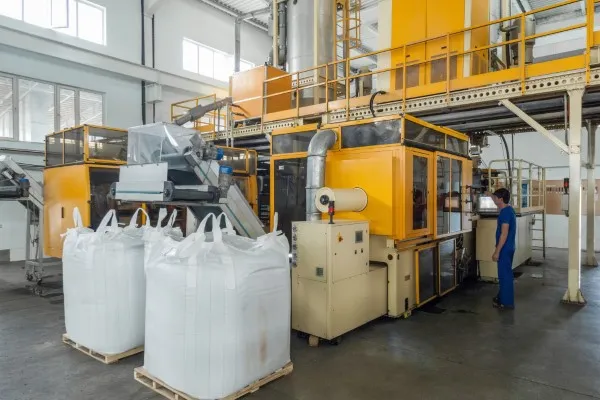Cool Down Industrial Spaces with HVLS Fans
Improve Industrial Cooling with High-Volume Low-Speed(HVLS) Fans
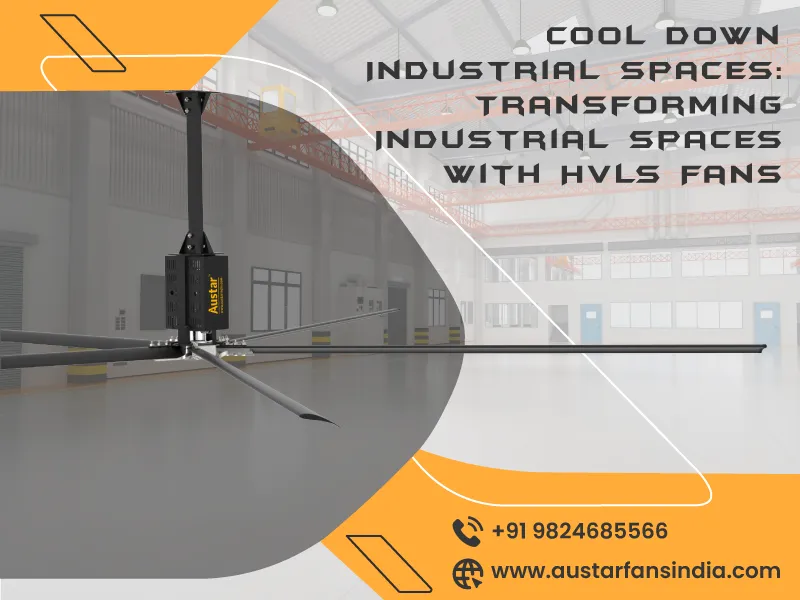
As industries evolve, so does the quest for innovative solutions to address the challenges of temperature control in large spaces. Enter Big Industrial Fans, or High-Volume Low-Speed (HVLS) fans, rewriting the rules of climate management in industrial settings. In this exploration of the advantages of these colossal fans, we'll dissect the distinct benefits they bring to the table, spotlighting manufacturers like AUSTAR Fans for their contribution to this transformative shift.
Benefits of Deploying Big Industrial Fans for Industrial Cooling:
Energy Efficiency:
Big industrial fans redefine energy efficiency with their low-speed operation, offering a refreshing alternative to energy-guzzling air conditioning systems. Their ability to create a cooling breeze without a significant electricity draw is a game-changer for businesses seeking both thermal comfort and reduced energy bills.
Air Quality:
Beyond mere cooling, these fans act as air circulation maestros, combating the stagnation of air in industrial spaces. By fostering airflow, big industrial fans actively contribute to the reduction of dust and pollutants, culminating in an environment where the air is not just cooler but cleaner, promoting the well-being of the workforce.
Productivity in the Breeze:
Unfavourable temperatures can cast a shadow on productivity. Big industrial fans come to the rescue by regulating temperatures, creating a conducive workspace that minimizes worker fatigue. The resultant boost in productivity and a decrease in the need for cooling breaks underscore these fans as catalysts for an industrious atmosphere.
Cost-Effective:
In the realm of cost-effectiveness, big industrial fans emerge as frontrunners. Their low maintenance requirements and extended lifespan make them a prudent investment for businesses seeking efficient cooling solutions without the financial strain associated with traditional air conditioning systems.
Carbon Footprint Crunch:
Sustainability takes centre stage as big industrial fans demonstrate their eco-friendly credentials. Consuming less energy than their air conditioning counterparts and emitting no harmful gases, these fans contribute significantly to a business's commitment to reducing its carbon footprint and embracing a greener, more environmentally conscious operational model.
Safety:
Industrial settings demand a heightened focus on safety, and big industrial fans step up to the challenge. By mitigating heat-related illnesses, preventing accidents caused by impaired visibility, and ensuring a steady flow of air to reduce dizziness, these fans become integral to creating a safer working environment.
Versatility:
The adaptability of big industrial fans is a testament to their versatility. Suited for various industrial spaces – from factories to warehouses and outdoors – these fans transcend the boundaries of mere cooling. Their ability to serve both heating and cooling purposes positions them as indispensable, all-season solutions for businesses with diverse operational needs.
Conclusion: In the dynamic landscape of industrial climate control, big industrial fans emerge not just as cooling devices but as comprehensive solutions for businesses seeking efficiency, sustainability, and worker satisfaction. AUSTAR Fans and other industry leaders champion this evolution, emphasizing the importance of quality and innovation. As businesses embrace the winds of change, big industrial fans become the embodiment of progress, reshaping the industrial sphere into a realm where comfort, productivity, and environmental responsibility coexist seamlessly.






